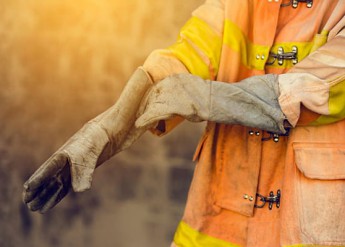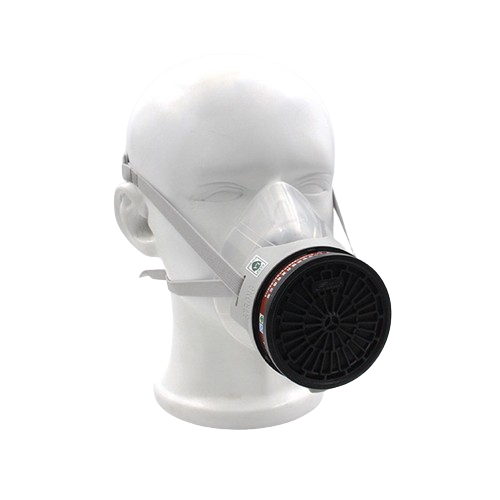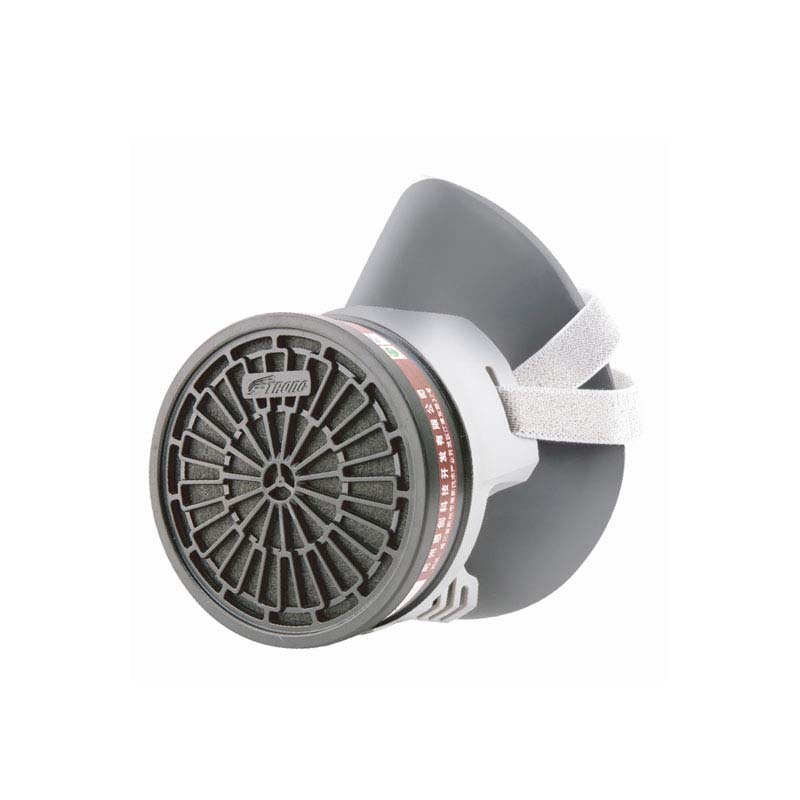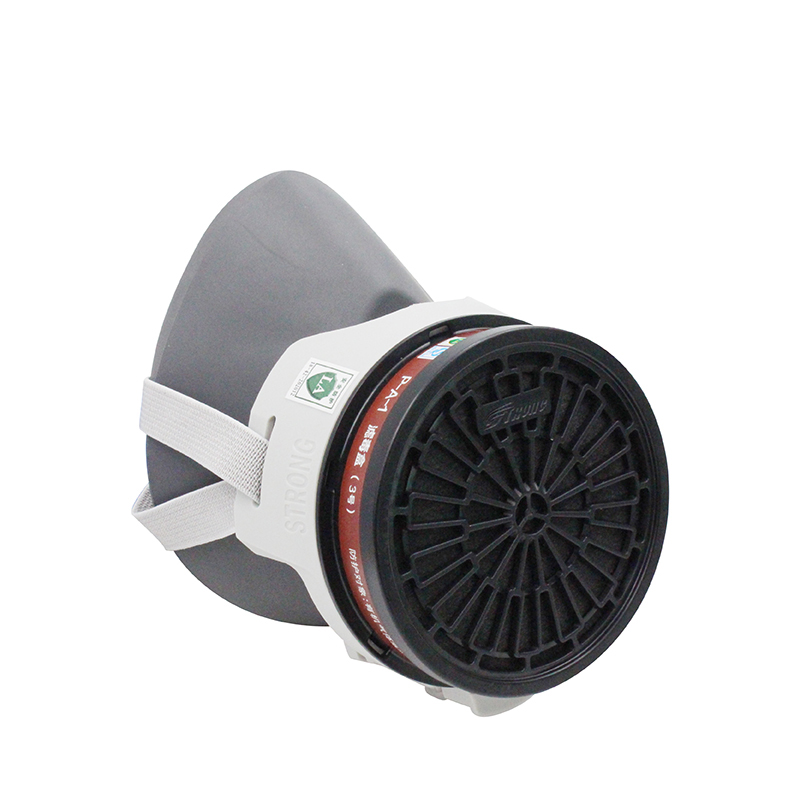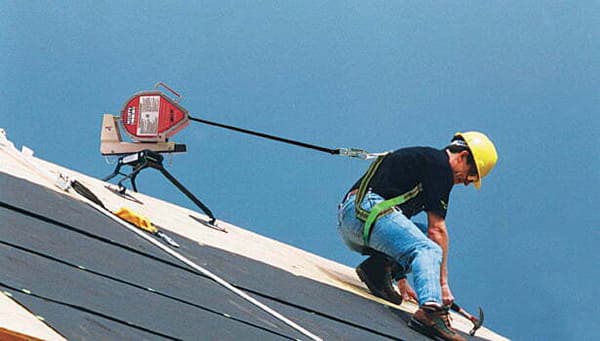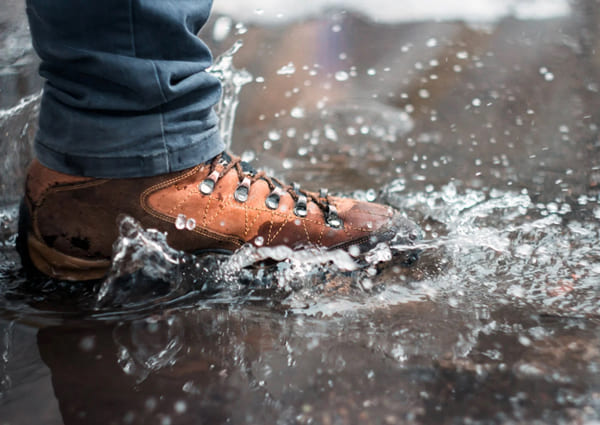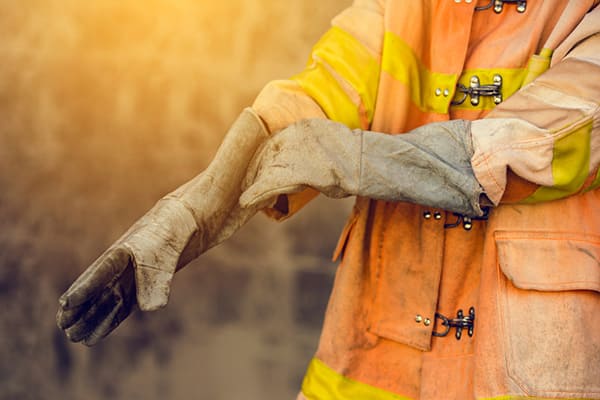Chemical Suits: Which Type is Right for Your Chemical Handling Needs?

When working with hazardous chemicals, protective clothing is essential to prevent potential exposure to harmful substances. One type of protective clothing commonly used in such situations is chemical suits. Chemical suits come in various types, each designed to provide protection against different types of chemicals and levels of exposure. In this article, we will discuss the different types of chemical suits and their applications.
1、Level A Chemical Suits
Level A chemical suits provide the highest level of protection and are designed for situations where the highest level of protection is needed. These suits provide full-body protection against hazardous chemicals such as vapors, gases, and liquids. They are designed with a sealed design and are equipped with a self-contained breathing apparatus to ensure the safety of the wearer in high-risk environments. Level A chemical suits are typically used in emergency situations such as chemical leaks or spills.
2、Level B Chemical Suits
Level B chemical suits are similar to Level A suits but do not provide the same level of respiratory protection. These suits are designed for situations where the chemical hazards are known and the risk of inhalation exposure is low. Level B chemical suits are typically used in situations where there is a risk of contact with hazardous liquids, but no hazardous gases or vapors are present.
3、Level C Chemical Suits
Level C chemical suits provide protection against less hazardous chemicals and are designed for situations where the exposure risk is lower. These suits do not provide respiratory protection and are designed for skin protection when the wearer needs to prevent contact with hazardous chemicals. Level C chemical suits are typically used in situations where there is a risk of liquid contact that may cause skin irritation or burns.
4、Level D Chemical Suits
Level D chemical suits provide the lowest level of protection and offer minimal protection against hazardous chemicals. These suits do not provide any respiratory or skin protection and are designed for use in low-risk situations. Level D chemical suits are typically used in situations where there is a risk of contact with non-hazardous materials such as dust or dirt.
In conclusion, chemical suits come in different types, each designed to provide protection against different types of chemicals and levels of exposure. It is important to choose the right type of chemical suit for the situation to ensure maximum protection for the wearer.



